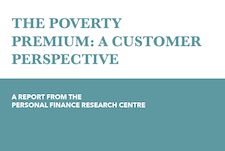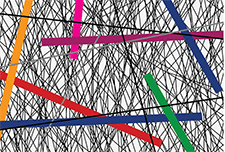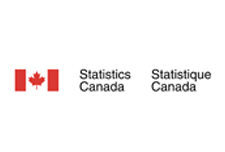Fair By Design and Turn2Us (in the United Kingdom) commissioned this research to explore recent changes in the poverty premium landscape, to understand if they are having any impact on the cost of premiums, or the number of people who pay them. Importantly, we did this through the lens of the low-income customer in order to hear first-hand how they experience these extra costs; how they see the problems with the current system; how they respond to initiatives and interventions designed to reduce poverty premiums; and the changes they feel would make the most difference to them and their household.
This research report:
- Describes recent initiatives to reduce the poverty premium and reviews any evidence of what works.
- Re-calculates the level and types of poverty premiums paid by low-income households in 2019. We focus on high-cost credit use, energy tariffs and insurance (specifically home contents, car and specific item insurance) because our previous work identified these as potentially the most harmful to low-income households (Davies et al, 2016; Davies and Finney, 2017).
- Looks in detail at the financial difficulties experienced by low-income households, their impact on individuals and families, and the things that prevent low-income households from getting a better deal.
- Sets out ‘user-led’ solutions and ideas that people living in poverty feel could help to reduce the extra costs they pay.





